Liquid Penetrant Inspection (LPI)
Detect surface flaws with confidence while maintaining production efficiency. Our liquid penetrant inspection services deliver precise surface defect detection for your critical components, helping you meet compliance requirements - all without compromising your materials or timelines.
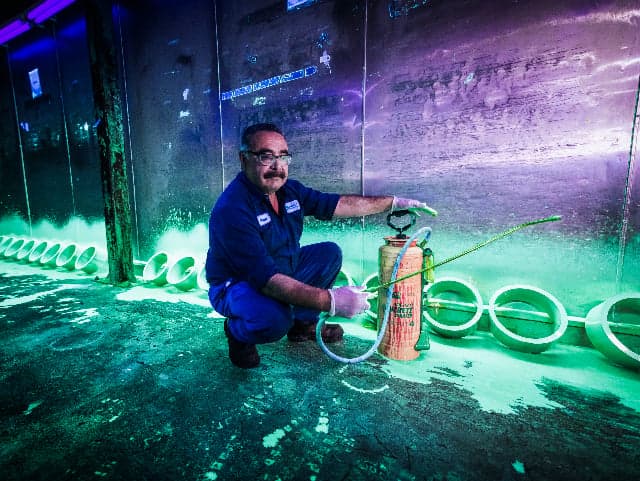
What is Liquid Penetrant Inspection (LPI) at Element?
Liquid penetrant inspection is a non-destructive testing method that reveals surface flaws in components through fluorescent or dye penetrants. At Element, we provide comprehensive LPI services using both Type I fluorescent and Type II non-fluorescent methods, delivering reliable surface evaluation for ferrous and non-ferrous materials.
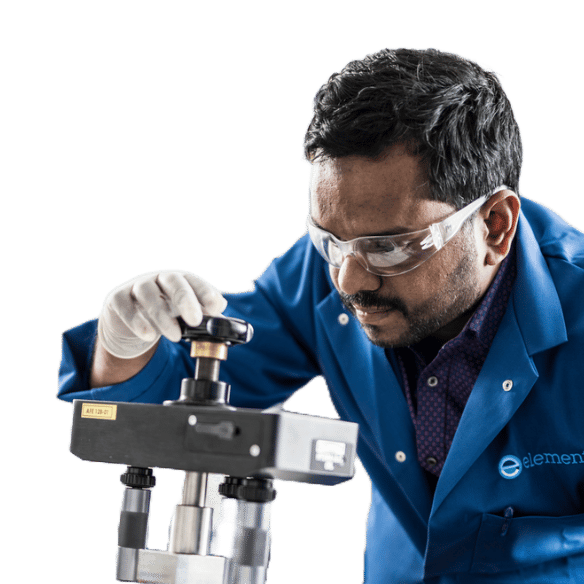
What Can Element Offer You For Liquid Penetrant Inspection (LPI)?
Key tests offered
Key tests offered
Our testing includes surface flaw detection, porosity evaluation, and crack identification across all commercial and nuclear codes. We utilize multiple penetrant systems including lipophilic and hydrophilic emulsified systems, water washable, and solvent removable methods to meet any sensitivity requirements for your specific application needs. Our services support aerospace, government, nuclear, and after-market applications with both Type I fluorescent and Type II non-fluorescent inspections.
Key capabilities include:
- Comprehensive evaluation of welds and castings
- Non-ferromagnetic material inspection
- Fracture-critical hardware assessment
- After-market component validation
Components and materials we test
Components and materials we test
We evaluate critical components across aerospace, nuclear, commercial, and government applications. Our expertise covers both metallic and non-metallic materials, with specialized capabilities for fracture-critical hardware and high-volume inspection needs. We support major prime contractors including Aerojet Rocketdyne, Boeing, Bombardier, Cessna, GE, Hamilton Sunstrand, Honeywell, Northrop Grumman, and Rolls Royce with certified inspection of their most demanding components.
Methods and solutions offered
Methods and solutions offered
We provide both onsite and laboratory-based inspections for maximum flexibility. Our comprehensive service includes:
- Pre-cleaning processes (etch, alkaline, or solvent-cleaning)
- In-house chemical etching for one-stop processing
- Precise dwell time management
- Developer powder application
- Detailed reporting of defect type, size, and location
- Certification documentation for compliance requirements
Cutting-edge equipment we use
Cutting-edge equipment we use
Our equipment meets specifications for major prime contractors and nuclear applications, and includes:
- A 55’ x 15’ wet room equipped with a 2.5-ton hoist for processing large specimens
- All methods of dye penetrant inspection, including lipophilic and hydrophilic emulsified systems, as well as water washable and solvent removable to meet any sensitivity requirements
- Certification by major prime contractors for the inspection of fracture critical hardware
- In-house chemical etching services, which allow for "one-stop lab" processing
Which labs offer this service
Which labs offer this service
Our specialized facility in Altbach, Germany, delivers high-volume Liquid Penetrant Inspection with the capacity to process up to 12,000 parts per day, providing rapid, precise defect detection at scale. Beyond that, our 8,500-strong team operates from Materials Testing Services hubs worldwide, delivering expert capabilities wherever they're needed. Find your nearest Materials Testing Services hub on our Locations Page.
Standards we test to and components we test
American Metals Society
- AMS 2645
- AMS 2646
- AMS 2647
American National Standards Institute
- ANSI/ASME B31.1
- ANSI/ASME B31.3
American Petroleum Institute
- API 1104
American Society of Mechanical Engineers
- ASME Section III
- ASME Section V
- ASME Section VIII
American Society for Metals
- ASM 2700
American Society of Non-Destructive Testing
- NDT 8
American Society for Testing and Materials
- ASTM E165
- ASTM E1417
- ASTM E1418
American Welding Society
- AWS D1.1
Deutsches Institut Fur Normung E.V.
- DIN EN 571-1
- DIN EN ISO 3452-5
- DIN EN ISO 3452-6
- DIN EN 10228-2
- DIN EN ISO 3452-2
- DIN EN 1371-1
- DIN EN 1371-2
Euronorm
- EN 571
Military Standard
- MIL STD 271F
- MIL STD 6866
- NAVSEA T9074-AS-GIB-010/271
- MIL-STD-2132
- MIL-I-6866
- MIL-STD-1907
National Aerospace Standard
- NAS410
Society of Automotive Engineers
- SAE J426
Plus various customer specifications Including Aerojet Rocketdyne, Boeing, Bombardier, Cessna, GE, Hamilton Sunstrand, Honeywell, Northrop Grumman, and Rolls Royce.
- Aerospace components and hardware
- Nuclear industry components
- Commercial manufacturing materials
- Government contract materials
- Fracture-critical components
- Large-scale industrial parts
Your Challenges, Our Solutions
Reliable flaw detection with zero damage
Fast turnaround for production schedules
Comprehensive testing made simple
Multiple material types, one solution
Why Choose Element
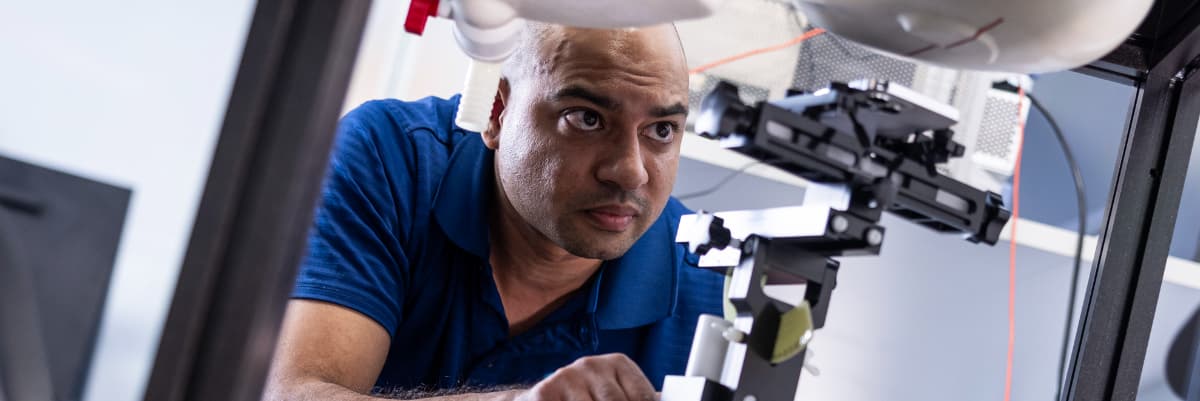
Trusted worldwide
Comprehensive certification
Advanced facilities
One-stop testing solution
12,000parts
2.5ton
2 ASNT
1stop labs
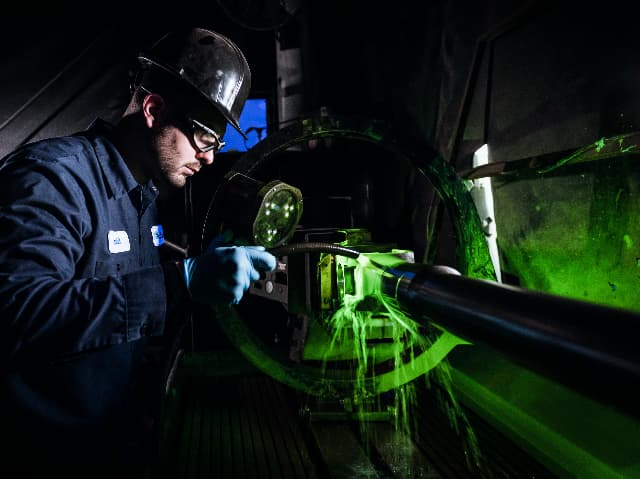
But don't just take our word for it
See what others have to say about partnering with Element

Explore our global network of labs and find your nearest location
VIEW ALL LOCATIONSRelated services
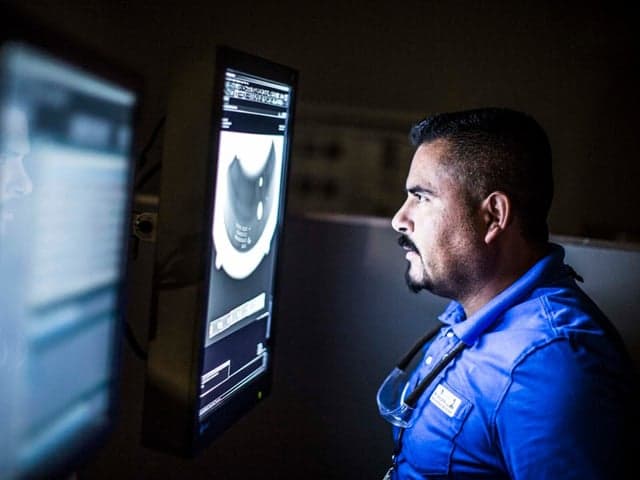
Non-Destructive Testing (NDT) and Inspection Services
Get precise, reliable non-destructive testing (NDT) to detect flaws, verify material integrity, and meet industry standards, saving time and reducing risk. View services.
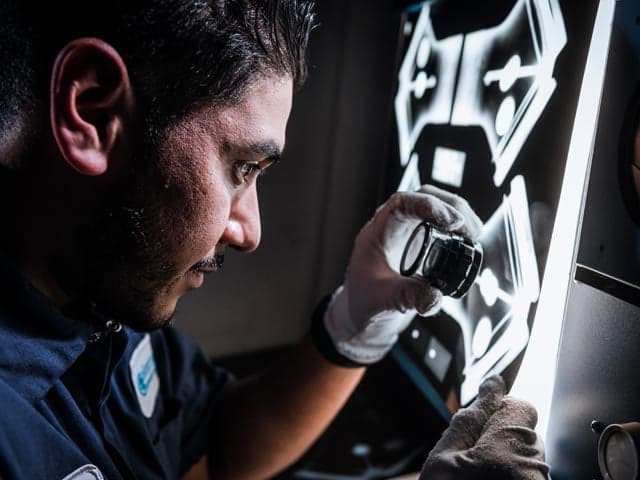
Radiographic Testing (RT) and Inspection Services
Element provides radiographic testing and inspection services to detect hidden defects in critical components. Our advanced NDT methods meet industry standards, ensuring compliance, efficiency, and reliable quality verification.
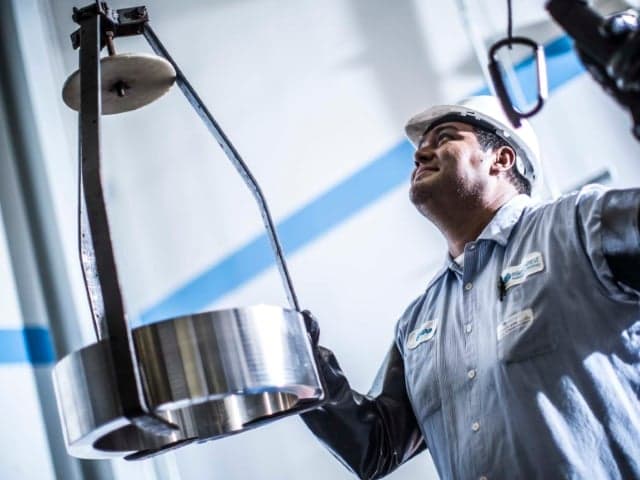
Ultrasonic Testing (UT) Services
Detect hidden defects with Element's ultrasonic testing services. Our expert teams provide both contact and immersion UT inspection to verify component integrity, meet standards, and prevent failures.
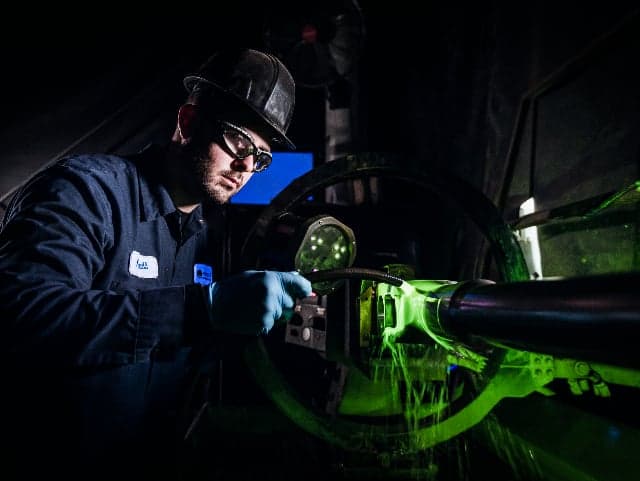
Magnetic Particle Inspection (MPI) Services
Element's experts carry out non-destructive magnetic particle inspection tests to check for surface and near-surface discontinuities in ferrous metals.
